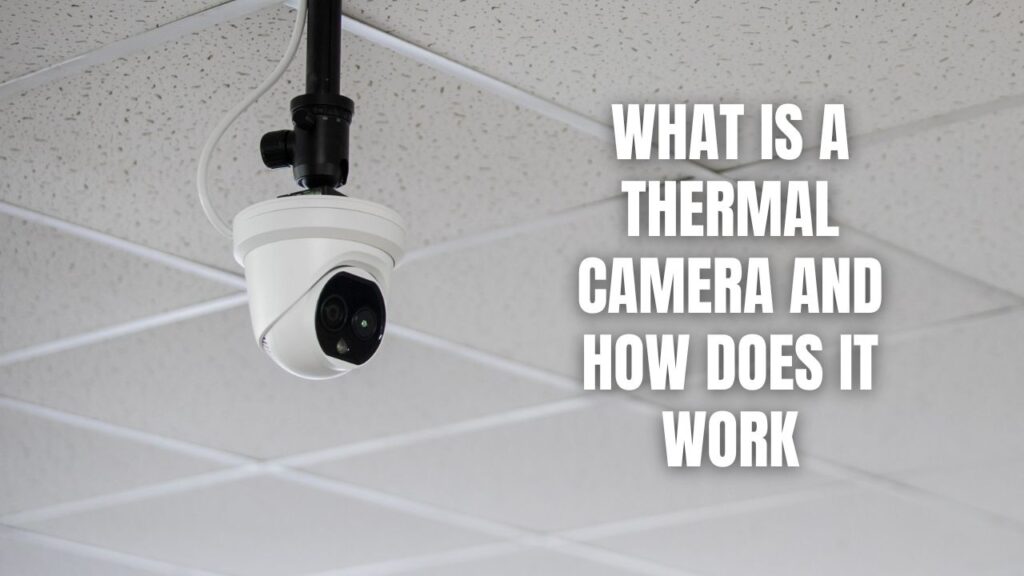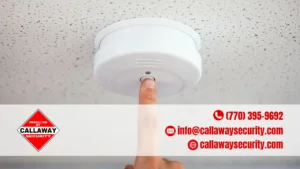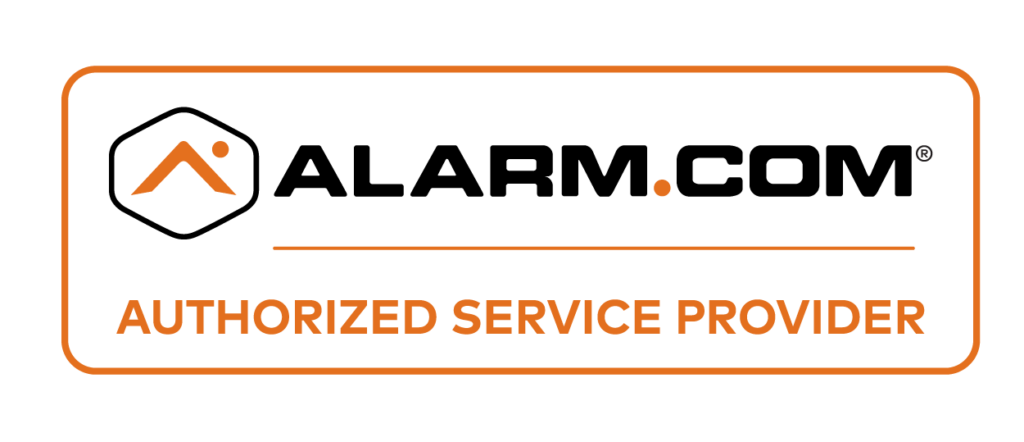A thermal camera detects heat and converts it into an image. Unlike regular cameras, which rely on visible light, thermal cameras detect temperature variations, allowing users to “see” heat differences in complete darkness or through certain obstructions like smoke or fog.
Thermal imaging technology has revolutionized various industries, from security and firefighting to building inspections and wildlife monitoring. By detecting infrared radiation, these cameras provide critical insights that the human eye and conventional cameras cannot perceive. Whether it’s identifying electrical faults, spotting intruders, or detecting overheating machinery, thermal cameras play a crucial role in safety and efficiency.
Key Takeaways:
- Thermal cameras detect infrared energy (heat) instead of visible light.
- They work in complete darkness, smoke, and adverse weather conditions.
- Each object emits heat, which the camera converts into a temperature-based image.
- Common applications include home security, firefighting, industrial maintenance, and medical diagnostics.
- Thermal imaging does not see through walls but detects heat signatures on surfaces.

How Do Thermal Cameras Work?
Infrared Radiation: The Science Behind Thermal Imaging
All objects emit infrared radiation, also known as heat energy. The hotter an object, the more infrared radiation it emits. Thermal cameras have special sensors that pick up this radiation and convert it into an image.
Key Components of a Thermal Camera
| Component | Function |
|---|---|
| Lens | Focuses infrared radiation onto the sensor. |
| Thermal Sensor | Detects heat and converts it into electrical signals. |
| Processing Unit | Transforms signals into temperature data. |
| Display Screen | Shows a color-coded thermal image. |
How Temperature Is Translated Into an Image
Thermal cameras use color palettes to represent different temperature ranges. Warmer areas appear as bright colors (red, orange, yellow), while cooler areas appear as dark colors (blue, purple, black). This contrast helps users quickly interpret thermal images.
Applications of Thermal Cameras
1. Home Security and Surveillance
Thermal cameras enhance security by detecting intruders based on body heat, even in complete darkness or dense fog.
2. Firefighting and Emergency Response
Firefighters use thermal imaging to navigate smoke-filled areas, locate victims, and identify hotspots in burning buildings.
3. Building and HVAC Inspections
Thermal cameras help detect insulation gaps, water leaks, electrical faults, and HVAC inefficiencies in homes and commercial buildings.
4. Industrial and Mechanical Inspections
Manufacturing plants and maintenance teams use thermal cameras to monitor machinery and prevent overheating or potential failures.
5. Medical and Veterinary Uses
Thermal imaging is utilized in fever detection, circulation analysis, and diagnosing conditions like inflammation in humans and animals.
Can Thermal Cameras See Through Walls?
No, thermal cameras cannot see through walls like X-rays. They detect heat on surfaces, meaning they can identify warm pipes behind drywall or a person standing near a thin barrier, but they cannot provide an image of what’s inside a solid wall.
What Makes Thermal Cameras So Useful?
- Non-contact measurement: Useful for hazardous environments.
- Real-time monitoring: Instant heat detection.
- Works in darkness: No need for external lighting.
- Enhanced safety: Reduces risks in emergency situations.
Fun Fact: Can a Thermal Camera See a Fart?
Technically, yes! A thermal camera can detect the heat of expelled gas, but since most gases don’t retain enough thermal energy, the image might not be clear. However, some high-sensitivity cameras may capture faint heat signatures.
FAQs
Are thermal cameras expensive?
Prices vary based on resolution and features, ranging from a few hundred to several thousand dollars.
Can I use a thermal camera on my smartphone?
Yes! There are thermal camera attachments for smartphones that provide basic thermal imaging capabilities.
Do thermal cameras work in daylight?
Absolutely! They function in all lighting conditions since they rely on heat, not visible light.
Are thermal cameras legal to use?
In most cases, yes. However, using them for surveillance without consent may be subject to privacy laws.
Wrapping Up: The Power of Thermal Imaging
Thermal cameras have changed the way we see the world, allowing us to detect hidden problems, enhance security, and improve safety in various fields. Whether for professional or personal use, these devices offer unique insights that extend beyond the visible spectrum, making them an invaluable tool in modern technology.
For security camera installation in Atlanta, Alpharetta, and nearby Georgia areas, contact Callaway Security™ today!












